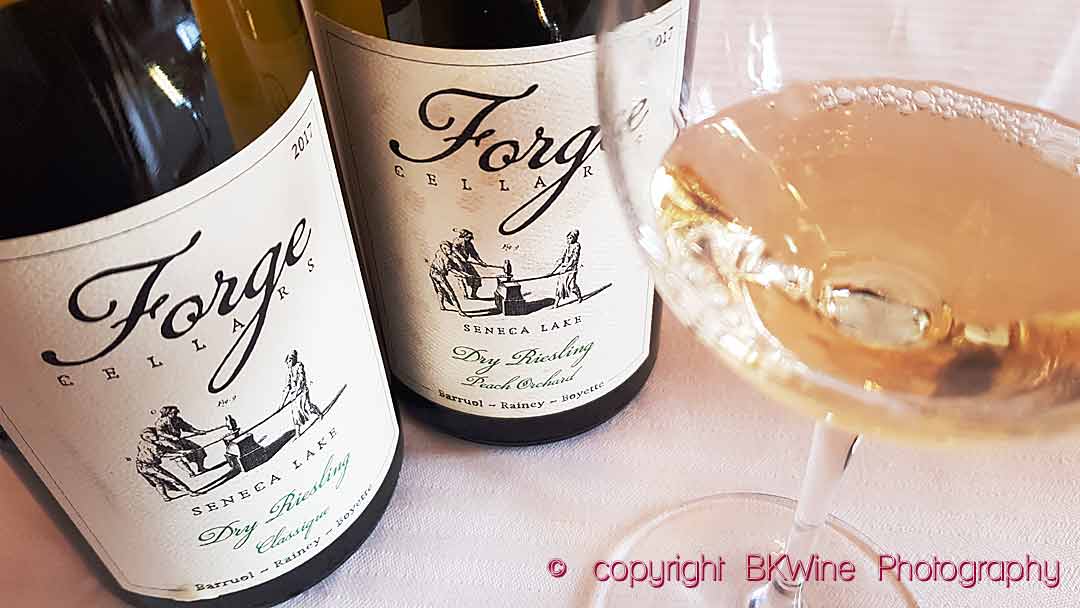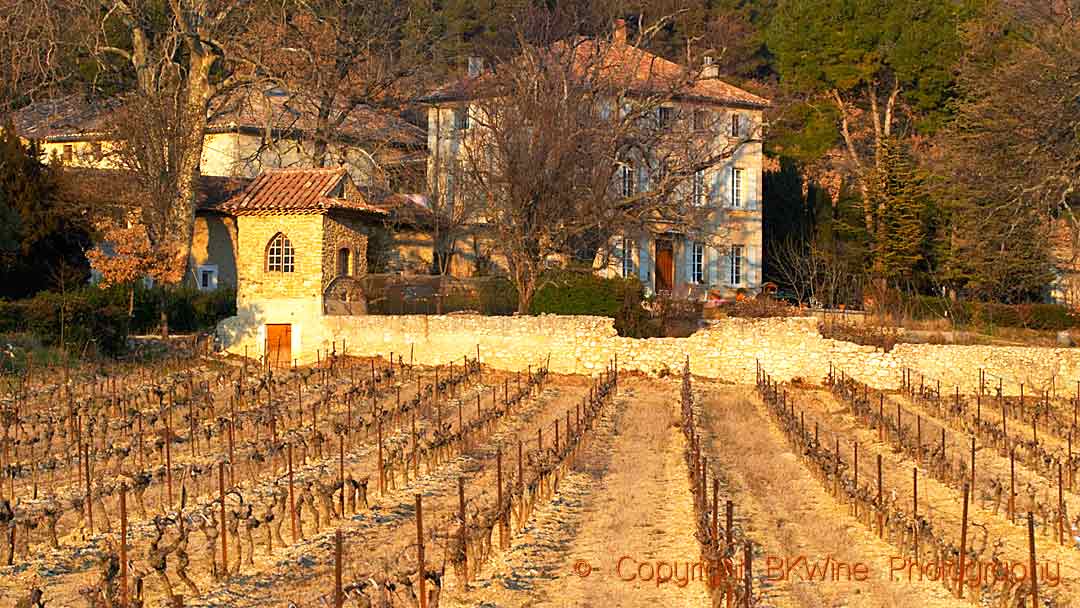We find French wine producers a little bit everywhere in the world. For various reasons, they are attracted to foreign wine regions. For Louis Barruol, from the famous Château de Saint-Cosme in Gigondas in the southern Rhône valley, it was the opportunity to start an estate from scratch. When he took over Saint Cosme, it had been in the family for many generations. He had a long-time dream of creating something from zero.
He travelled the world to South America, Australia, South Africa and other regions of France. Friends took him to the Finger Lakes in New York State. And here, he found what he had been looking for. Here, he felt, there was good potential for wines with balance and freshness. “You can make great white wines in the Finger Lakes,” he says.
This is a longer version of an article published on Forbes.com.
He did not want to go to a warm climate, “you make better wine in a cool climate”, he says. He believes that the Finger Lakes can become the country’s great white wine region. “They make chardonnay in California, but it’s not really to my taste”.
He founded Forge Cellars on the southeast shores of Lake Seneca in 2011, along with a friend, Richard Rainey. The grapes come from their own vineyards, supplemented with purchased grapes.
New York has a long history of winemaking, dating back to the 17th century. The Finger Lakes, just south of Lake Ontario and the Canadian border, is the biggest region. Louis does not hide that the climate is challenging.
“Autumn and winter come quickly, and we have winters with minus 25 degrees. The vines can die if you don’t protect them.” Still, he says it’s not that different from the southern Rhône Valley. “St Cosme has a rather cool location, and we don’t harvest until October. I don’t feel lost in the Finger Lakes.”
However, I can’t help feeling the difference after all is quite significant.
Riesling is the most important grape in the Finger Lakes and also for Louis. “We make crisp, dry riesling. We have the acidity, and we have a low pH of 3.10.” (We mostly encounter such low pH in Champagne.) Riesling is a grape with good resistance and, with the low pH, stability; a good grape for beginners, says Louis.
“Riesling has a long tradition of residual sugar. In the past, the acidity needed to be softened, but now more and more people want completely dry riesling.” The vineyards at Lake Seneca, he says, are ideal for dry riesling: the grapes enjoy a long maturation period, and the wines have high acidity and good structure. “Riesling has a unique style here that is hard to imitate.”
In addition to riesling, he finds cabernet franc and pinot noir to be interesting grapes for the Finger Lakes. Chardonnay works in many parts of the world, he says, even in cool climates, “but our soil is better for riesling. ” He does not make sparkling wine even though it is a category that is coming more and more in the Finger Lakes.
Louis works with sixteen different vineyards in the southeast part of Lake Seneca, a 12-kilometre stretch with many different soil types. He vinifies many plots separately each year to try to understand the differences. To fully understand the terroir takes time, he points out. Now, after ten years, he knows a bit, but not everything.
He ferments with the natural yeast; it adds complexity, he thinks. Fermentation is often long, sometimes 8-10 months. The must ferments in old oak barrels. “Riesling is reductive and needs oxygen, needs to breathe.” He doesn’t do any malolactic fermentation.
They see the impact of global warming. “It’s warmer now, and the Finger Lakes are taking advantage of it.”
In the past, it was every second year that the grapes did not fully ripen; now, it is only one year out of four. But, he says, one year out of three is challenging. “Sometimes, the grapes need to be sorted very carefully.” The harvest is late, from mid to late October, sometimes the beginning of November.
We’ve tasted some of Forge Cellar’s riesling. They all have a fantastic acidity which sometimes reaches 7 grams per litre. The alcohol content is 12.5–13%. They are all bone dry with a sugar content of 0.5-2.5 g/l. These are wines for people, for instance, me, who love the crispy, steely freshness style of riesling.
Forge Cellar wines
The prices shown are when buying directly from the estate.
Dry Riesling Classique 2017, Forge Cellars
Easily recognizable riesling, crispy, very fresh and bone dry with aromas of grapefruit and quite full-bodied. Lingering taste. ($19, vintage 2019)
Breakneck Creek Vineyard Dry Riesling 2017, Forge Cellars
Very dry and fresh, balanced, flavours of apricot and fresh herbs, a hint of salinity in the finish. A superb and complex riesling. ($28, year 2020)
Peach Orchard Vineyard Dry Riesling 2017, Forge Cellars
Here we have a lovely nose of citrus and white flowers. It is bone dry, but it is full-bodied which gives it a certain roundness. Great vitality and character. ($28, year 2020)
Read our previous articles about the Finger Lakes:















